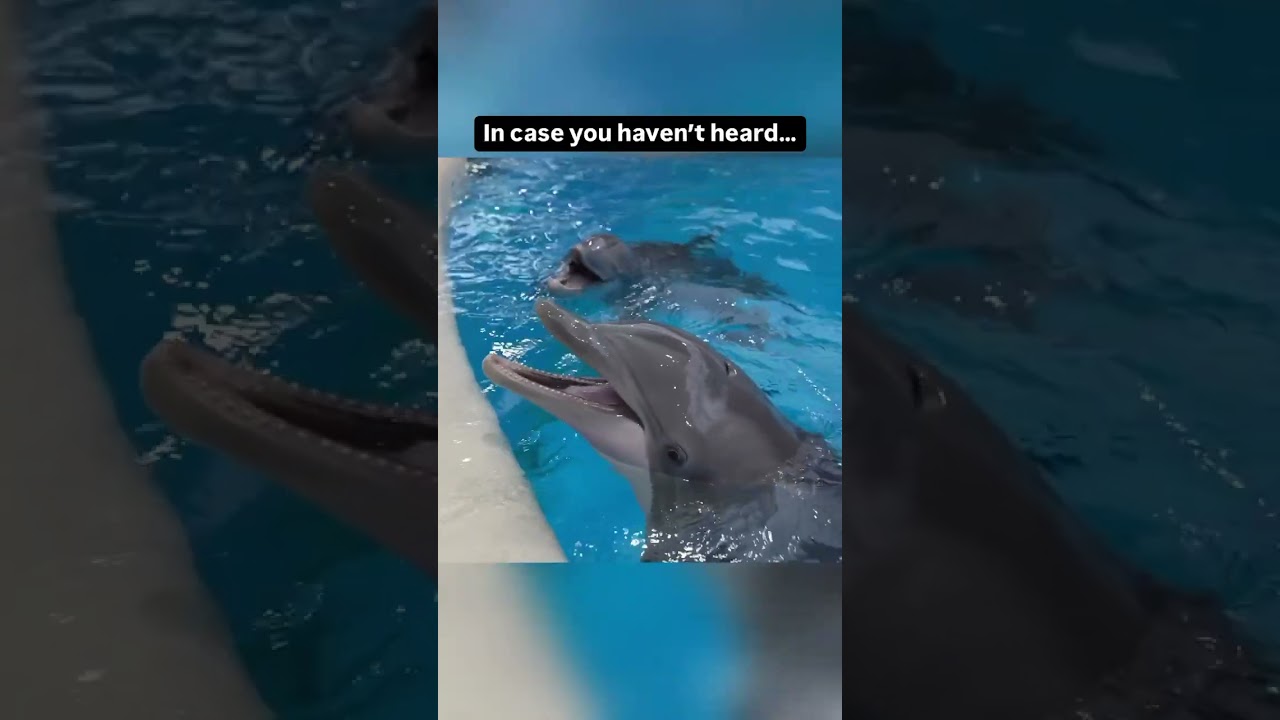- Upcoming Splash Event at Seven Seas – Leading to Potential Conservation Efforts
- Insights into Dolphin Biology and Behavior
- Importance of Marine Conservation and Threats Facing Dolphin Populations
- Role of Zoos and Aquariums in Education and Research
- Future Considerations for Wildlife Management and Ethical Practices
The upcoming event at Seven Seas promises excitement as something special is set to make waves. As we await this development, it’s crucial to understand the broader implications such events can bring, especially regarding wildlife conservation and public education. By diving into these vital topics, we aim to enrich understanding and foster responsible stewardship of marine life.
Dolphins are a point of fascination and deserve attention for their complex biology and interactions within ecosystems. Known for their intelligence and social structures, dolphins exhibit behaviors that are fascinating and important to scientific study. These marine mammals are part of the Cetacea order, sharing common ancestry with whales and porpoises. Bottlenose dolphins, some of the most recognized, are highly adaptable, inhabiting various marine environments from coastal regions to the open ocean. Unlike many other animals, dolphins use echolocation for navigation and hunting, a sophisticated trait that allows the depiction of their surroundings through sound waves. Their intricate social structures and ability to communicate through clicks and whistles are crucial for survival and social bonding.
While fans eagerly anticipate the splash event at Seven Seas, it’s essential to consider the conservation message. Dolphins face numerous threats, ranging from climate change to human-related impacts like pollution and fishing practices. The degradation of oceanic habitats often results in diminished populations and compromised health of marine life. Conservation efforts focused on preserving and restoring natural environments are important. By supporting initiatives to reduce plastic waste, enforce sustainable fishing, and mitigate climate change, we protect these charismatic creatures and enhance the health of marine ecosystems. Engaging with conservation projects provides hands-on recommendations for improving the circumstances dolphins face globally.
Zoos and aquariums, such as Seven Seas, hold a critical function in wildlife conservation. By maintaining environments that aim to replicate natural habitats, these institutions offer a look into the world of marine life, creating educational opportunities for the public. Informing visitors about intricate ecosystems and specific species information helps cultivate an appreciation for these animals. Research conducted at such facilities also provides data on genetics, health, and behavior that contribute to conservation strategies. Ethical considerations must guide zoo and aquarium practices, ensuring the physical and mental well-being of animals in their care. Balancing entertainment with education and research lays the groundwork for a sustainable future.
Furthermore, events like those at Seven Seas spark conversation about future wildlife management. How can we integrate new technologies and methodologies to advance conservation aims? Innovations in telemetry, for instance, facilitate monitoring of wild populations without intrusive measures, giving scientists real-time data about animal movements and behaviors. Additionally, the ethical debate surrounding the captivity of intelligent marine mammals has spurred interest in sea sanctuaries as alternative models that prioritize both educational potential and welfare.
This upcoming splash at Seven Seas acts as a catalyst for broader public discourse on the balance between conservation, education, and ethical responsibilities. By promoting informed community engagement, we generate momentum towards responsible marine conservation, ensuring the survival and well-being of dolphins and other marine creatures for future generations.
*****
Source Description


